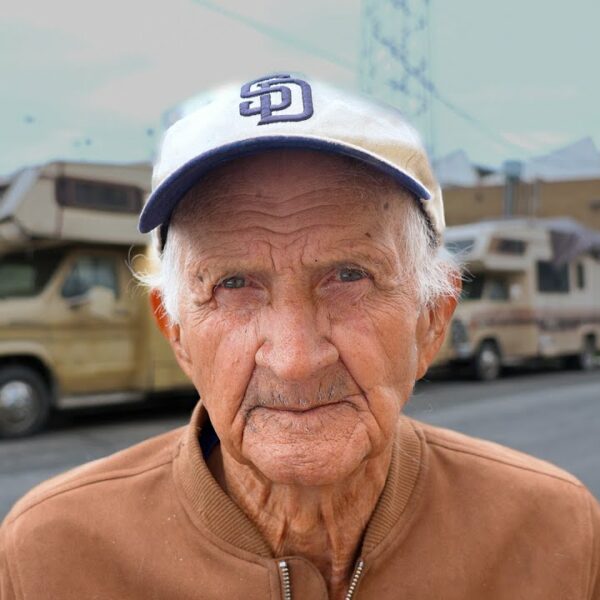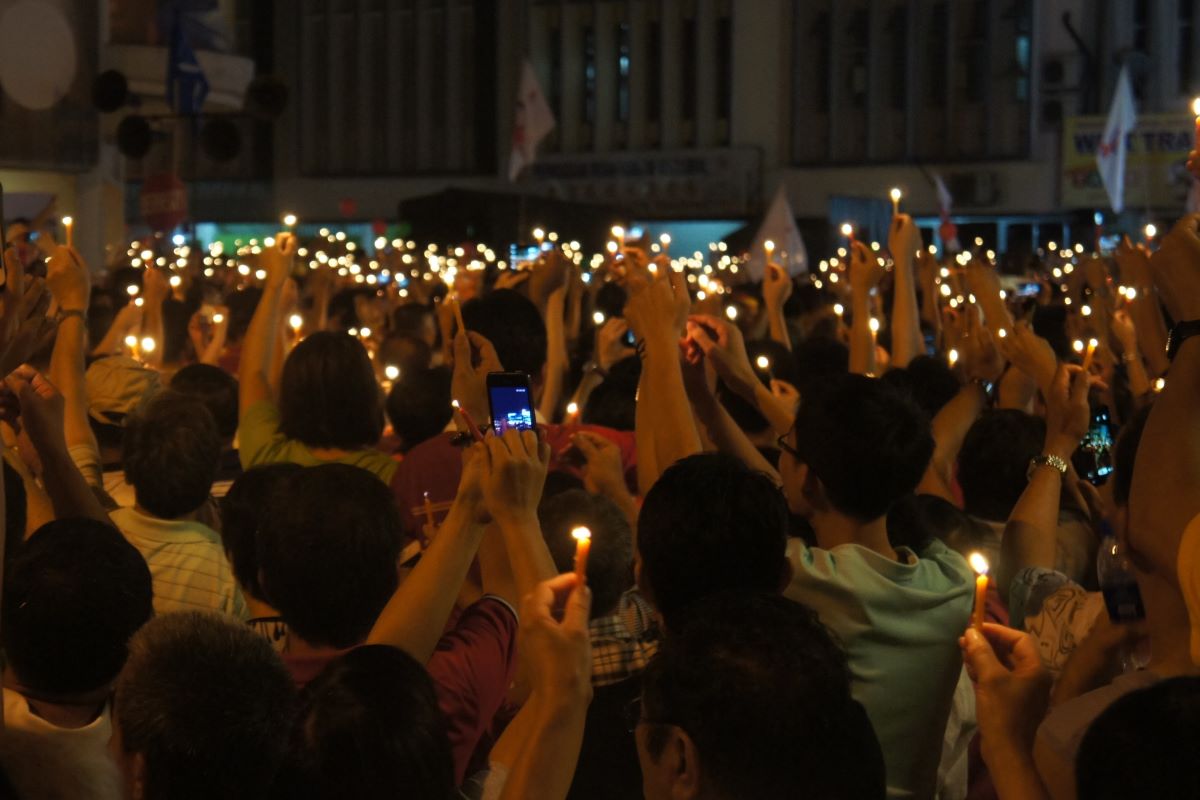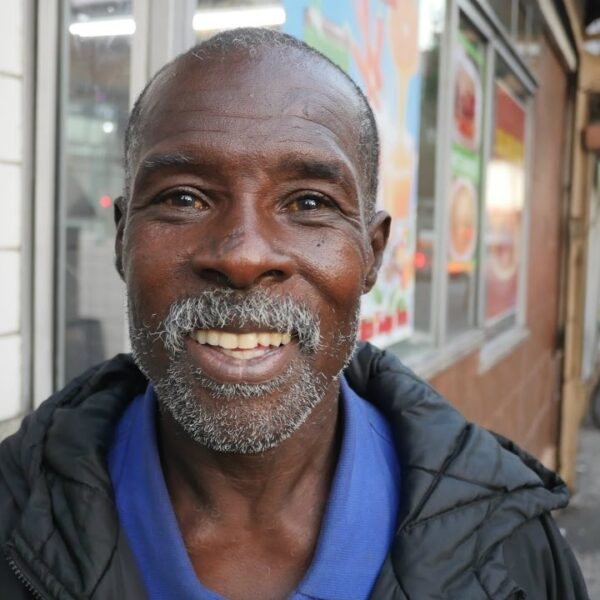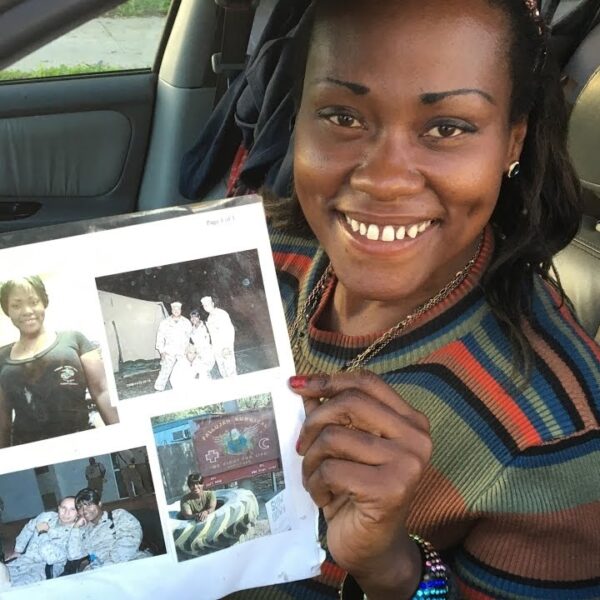How to Organize a National Homeless Persons’ Memorial Day Commemoration in Your Area
Next Thursday, December 21st, marks the longest night of the year in the United States of America. In most places, it is also one of the coldest. As wintery winds send chills through the air, hundreds of cities will be aglow with candles swaying in that winter wind, their flames commemorating the lives of people who died while enduring homelessness.
National Homeless Persons’ Memorial Day, alternatively known as HPMD, takes place on this fateful evening in cities worldwide. This is not a festive celebration but a sobering event that serves to remind us all that our neighbors on the streets are indeed dying in staggering numbers under unfathomable circumstances.
“We can and must do more so that all of our neighbors without homes can at least have a chance at a full life and a full lifespan,” said Bobby Watts, CEO of the National Healthcare for the Homeless Council, in an introductory statement for the 2022 demonstration.
The ultimate goal of this awareness day is not just acknowledging the astronomical number of homeless deaths but also, importantly, ending the unsettling trend. These goals can be achieved through knowledge, awareness, and compassion. All of these attributes can come through people like you. Read on to learn more about this upcoming commemorative event and how you and your community can get involved.
A Moment of Silence for Lives Ended in Agony: The History of National Homeless Persons’ Memorial Day
Some say homelessness is the inevitable result of toxic capitalism or the tragic consequence of corporate greed. We say homelessness is the absence of freedom in a country that prides itself on claims of liberty.
The most extreme way to take someone’s freedom from them is by taking their life, and this is the tragic end for many of our unhoused neighbors. Far too many of their lives are overlooked.
Homelessness has existed in the United States of America since the earliest settlement stages of the country. It has always disproportionately impacted Indigenous People, poor people, and people from marginalized backgrounds. However, distinctly, it has only been recently recognized (i.e., in the past few decades) as a human rights crisis on a national and international level.
Homeless Persons’ Memorial Day is one of those monumental moments when the whole world, however briefly, stands to observe the bitter truth.
Homeless people are dying. They are dying in our very backyards. They are dying in stairwells, construction sites, and fields, in subways, walkways, and even prison cells.
Their lifeless bodies are being stepped over at bustling crosswalks. Their last breaths are taken on pavements in parking lots in the wee hours of the morning. In many cases, the causes of these deaths remain unknown, as do their names, lives, and legacies. For this reason, people enduring homelessness are sometimes called “Invisible People.”
Homeless Persons’ Memorial Day brings visibility to the group and the problem simultaneously.
HPMD was initiated in 1990 by:
- The National Health Care for the Homeless Council
- The National Alliance to End Homelessness
- The National Consumer Advisory Board
- The National Coalition for the Homeless
It first gripped the nation and later the world. Today, more than 100 cities worldwide observe the commemoration, using it as a time to reflect and engage in deep discussions about the many lives lost.
How To Participate and Spread Awareness
In its more than three-decade-long run, HPMD has seriously gained momentum. Today, the event is co-sponsored and observed by many communities and organizations; it comes with its own manual for organizers.
There is no hard-and-fast way to raise awareness or commemorate the onslaught of homeless deaths. City leaders and housing advocates are encouraged to use this day to:
- Engage in public policy advocacy
- Observe religious services
- Hold candlelight vigils and commemorative services
- Perform a play inspired by the lives of people who passed away while enduring homelessness
- Host a silent march and more
Reaching the Public and Policy Holders through Online Awareness Campaigns
As we embrace modernity and the digital age, advocates can find new ways to reach the public and policyholders online through various media platforms. Social media can be used to:
- Write and publish a press release promoting an HPMD event
- Create social media banners and templates that can be shared
- Share a list of names of homeless people who died in your local community
- Encourage others to share their thoughts, prayers, love, and support
Talk to Your Representatives About Ending Homeless Deaths by Solving Homelessness
According to experts, at least 20 homeless people die each day. Indeed, homelessness is notorious for shaving an average of three decades from a person’s life expectancy. The average homeless or formerly homeless person will die at the tender age of 47, which is a true testament to how much of a hardship it is not to have housing.
On the longest, coldest night of the year, we remember our neighbors without walls. We remember them as individuals and also as a group of fellow human beings. We remember them fondly.
Homeless Persons’ Memorial Day serves as a reminder that people from our communities are dying prematurely, unnecessarily, and inhumanely daily. The ultimate goal of HPMD is to end homeless deaths by solving homelessness. Please ask your representatives to release a city resolution or a state proclamation vowing to address the homeless crisis. Templates are available here.













